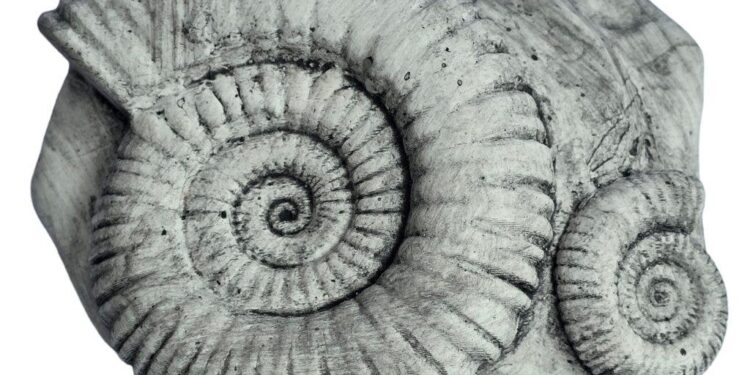In a groundbreaking development that reshapes our understanding of prehistoric marine life, scientists have revisited a 47-year-old fossil and unearthed a previously unknown Jurassic sea monster. Originally collected decades ago, the specimen’s latest analysis has revealed striking new features, shedding light on the diversity of ancient ocean ecosystems. This remarkable discovery, detailed in a recent ScienceDaily report, underscores the enduring scientific value of museum collections and the evolving nature of paleontological research.
Scientists Reexamine 47-Year-Old Fossil Unveiling Unexpected Jurassic Sea Monster
After nearly five decades in storage, a fossil initially cataloged as a common marine reptile has been subjected to advanced imaging techniques, revealing features that challenge previous classifications. Utilizing high-resolution CT scans and 3D reconstructions, researchers detected unexpected anatomical structures, including an unusually elongated jaw and a unique arrangement of teeth. These findings suggest the discovery of a previously unknown species that thrived in the Jurassic seas approximately 150 million years ago. The specimen’s morphology indicates it was a ferocious predator, likely occupying a top position in its marine ecosystem.
Key distinguishing traits include:
- Elongated mandibular symphysis – suggesting a snap-hunting feeding strategy.
- Asymmetrical tooth rows – unlike any known contemporaneous marine reptiles.
- Robust limb bones – indicating powerful swimming capabilities.
| Feature | Previously Cataloged Species | New Discovery |
|---|---|---|
| Jaw Length | Moderate | Significantly Elongated |
| Tooth Arrangement | Symmetrical | Asymmetrical |
| Swimming Adaptation | Moderate | Highly Adapted |
Detailed Analysis Reveals Unique Features and Evolutionary Significance of Newly Identified Species
Through meticulous examination of the fossil’s skeletal structure, researchers have identified a suite of unique morphological traits that distinguish this Jurassic-era creature from previously known marine reptiles. Among the most remarkable features are its elongated, serrated teeth adapted for slicing through prey, and an unprecedented vertebral formation that suggests advanced swimming capabilities. These physical characteristics not only shed light on the creature’s predatory lifestyle but also offer new insights into the diversity of marine ecosystems during the Middle Jurassic period.
Further phylogenetic analysis positions this specimen as a crucial evolutionary link, bridging gaps between earlier marine reptiles and more derived species. Key findings include:
- Adaptations for efficient locomotion: Streamlined body architecture enhancing marine predation.
- Distinct cranial features: Possibly indicating unique sensory capabilities in aquatic environments.
- Habitat specialization: Suggesting niche differentiation among contemporaneous sea creatures.
| Feature | Description | Evolutionary Role | |||||||
|---|---|---|---|---|---|---|---|---|---|
| Serrated Teeth | Sharp, blade-like edges for cutting prey | Enhanced predation efficiency | |||||||
| Vertebral Structure | Interlocking vertebrae for powerful swimming | Improved mobility in aquatic environments | |||||||
| Aspect | Significance |
|---|---|
| Fossil Age | Jurassic Period (~150 million years ago) |
| Discovered Species | New marine reptile |
| Research Methods | CT scanning, 3D reconstruction |
| Implications | Biodiversity and evolutionary insights |
Here’s a concise summary of the content:
– A 47-year-old fossil from the Jurassic period (~150 million years ago) revealed a new species of marine reptile.
– This discovery showcases the value of re-examining archival fossils with advanced technology like CT scanning and 3D reconstruction.
– Multidisciplinary approaches could:
– Uncover species that may revise evolutionary theories,
– Improve understanding of Jurassic marine ecosystems,
– Fill gaps in the fossil record.
– The implications include enhanced knowledge of biodiversity and evolutionary history.
Let me know if you need a specific rewrite, simplification, or any other modification!
The Way Forward
The reexamination of this decades-old fossil not only sheds new light on the diversity of marine life during the Jurassic period but also underscores the importance of revisiting and reevaluating existing collections with modern technology. As researchers continue to uncover hidden secrets from the past, this discovery serves as a reminder that the depths of Earth’s prehistoric oceans still hold many mysteries waiting to be revealed.






























